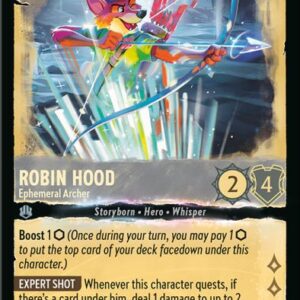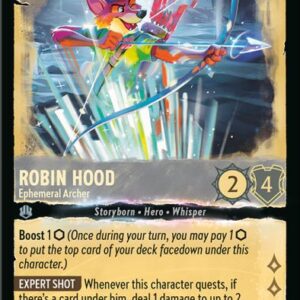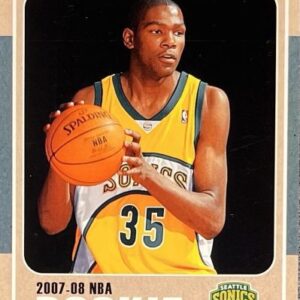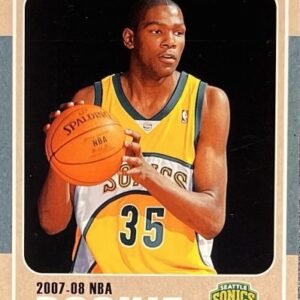For those entrenched in the enchanting world of Magic: The Gathering, the very thought of encountering a counterfeit card can send a chill down the spine. Whether you’re a laid-back player or a collector methodically cataloging every version of the beloved Black Lotus, discovering that prized card is a forgery is a buzzkill akin to losing a pivotal game by accident. As counterfeit cards get more sophisticated, it becomes essential to equip oneself with the right tools and techniques to stay savvy and avoid disappointment.
To start with, one’s senses provide an invaluable first line of defense. The texture of a card can be a dead giveaway. Genuine Magic cards possess a distinct matte finish that differs considerably from the glossy or slick finish typical of a counterfeit. If it feels more like the menu at a diner than it does a card straight from a booster pack, it merits closer inspection. When in doubt, always compare it to a land card from the same set – a reliable touchstone for legitimacy.
Next up in your card authentication toolkit is the trusty flashlight. When held up to this light source, authentic Magic cards exhibit a unique blue core sandwiched between layers of paper. The light shows through with a soft, comforting hue. Counterfeits, by contrast, are often either too thick, blocking all light, or too thin, which results in an unnaturally bright or washed-out effect. This simple test can reveal a lot about the card’s authenticity.
Another essential tool in this burgeoning detective’s kit is the jeweler’s loupe, specifically one with a 30x magnification. Think of this little device as the polygraph of the trading card realm. Under this close scrutiny, the rosette pattern – a floral-like arrangement of tiny, round dots on authentic cards – can be easily discerned. Counterfeits often betray themselves with blurry dots, digital pixelation, or inconsistent grids that lack the precision of their legitimate counterparts.
The solid black test is another method – and an artistic marvel in its own right – revealing the quality of the card’s printing. Authentic Magic cards use a bold, solid black for names, mana symbols, and text. Counterfeit cards tend to use a composite black made from colored dots, which appears fuzzy under magnification, inevitably betraying its inauthenticity.
And then there’s the infamous green dot “L”. A notorious hallmark in the world of counterfeit cards, it’s time to shift your focus to the green mana symbol on a card’s back. Within the yellow-green border, a red-dot pattern materializes an unmistakable, small, upside-down “L.” A fake card might sport a missing or misaligned pattern, or it might appear as an indistinct blur, betraying its forgery with alarming straightforwardness.
Modern-day Magic cards come with new-age safeguards designed to thwart even the most sophisticated counterfeiters. Consider the holofoil stamp, introduced with Magic 2015 for rare and mythic cards. A genuine holofoil stamp should nestle snugly against the card, teeming with microtext symbols such as planeswalker or mana icons. Counterfeits might resemble a grainy, raised representation, or seem as though it’s been cannibalized from another card and clumsily affixed.
Though tempting, bending or tearing a card should absolutely be avoided. While such methods might confirm the presence of a blue core or pass timeworn tests, you’re more likely to wreck a legitimate card than verify a fake. Modern counterfeiters are adept at dodging such simplistic proofing techniques, which underscores the wisdom of sticking with non-destructive methods.
Ultimately, the mastery of counterfeit detection is akin to building a compelling case; it’s about stacking the evidence, each method lending support to the next. Begin by trusting your senses: if it feels wrong, it probably is. Run it through a light check and commence a dedicated examination with your loupe. As you practice and hone these skills, your ability to sniff out those nefarious fakes will improve, safeguarding the cherished integrity of your collection. Understanding what makes a card genuine not only builds a smarter collector but also preserves the incorruptible spirit of the game.





